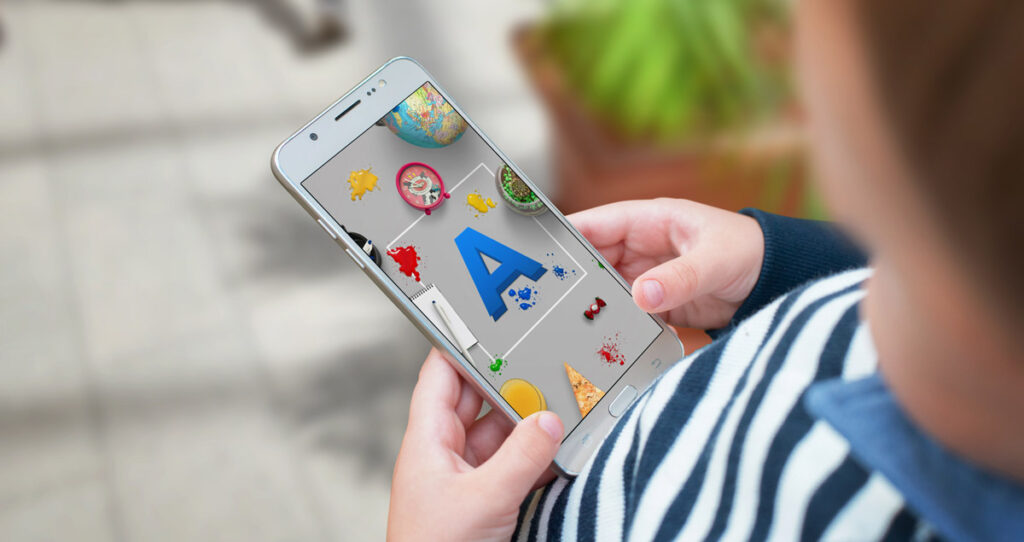The Best Apps for Dyslexic Students: Unlocking Confidence Through Technology

Every student deserves to feel confident in the classroom. But for those with dyslexia, learning can be a daily battle against letters that dance, words that disappear, and writing that never quite matches what’s in their head. Thankfully, today’s digital world offers powerful tools that don’t just assist—they empower. In this article, we explore the best apps for dyslexic students, helping them overcome learning barriers and discover their true potential.
Understanding Dyslexia with Compassion
Before we dive into the tech, it’s important to recognize what dyslexia really is. Dyslexia is not a reflection of intelligence. It’s a neurological difference in how the brain processes written language. Many dyslexic individuals are creative, insightful, and intelligent, but struggle with decoding words, spelling, and reading fluency.
Imagine trying to read a sentence when the letters keep switching places or disappear mid-sentence. Imagine writing down your thoughts but getting stuck on every word. That’s the challenge dyslexic students face daily—and it’s why the right support tools matter so much.
Why Apps Matter for Dyslexic Students
Technology isn’t just a convenience—it’s a lifeline. The best apps for dyslexic students don’t “fix” dyslexia. Instead, they offer ways to navigate it with dignity. These tools provide accessibility, personalization, and most importantly, independence. They give students back their confidence, allowing them to express themselves and learn without constant frustration.

The Best Apps for Dyslexic Students
Let’s explore some of the most effective, user-loved apps that support students with dyslexia in real classroom and home learning situations.
1. Ghotit Real Writer & Reader
Best for: Writing and spelling support
Ghotit was created by dyslexics for dyslexics. It understands the unique types of spelling and grammar errors that dyslexic students often make. It goes beyond autocorrect by offering smart word prediction, context-aware corrections, and even a “proofreading” mode. For students who feel anxious about writing, Ghotit helps turn their thoughts into readable, polished text.
“It’s the first time I’ve written something and not been embarrassed to share it,” said one 14-year-old student.
2. Voice Dream Reader
Best for: Listening to text-based content
Voice Dream Reader allows students to turn any text—web pages, PDFs, books—into audio. It highlights words as they’re spoken, which reinforces reading skills while reducing visual strain. Students can choose different voices, playback speeds, and even pause and return later, making it ideal for both study and relaxation.
Parents say their children “actually enjoy reading again,” thanks to the soothing and customizable voice options.
3. Learning Ally
Best for: Audiobook access for school content
This nonprofit platform offers human-narrated audiobooks, including textbooks and school reading materials. It’s a favorite in many schools across the U.S. because it allows dyslexic students to keep up with required readings without falling behind or feeling left out. The human voice narration helps with comprehension and engagement, especially for literature.
One teacher shared: “My student finally felt confident participating in book discussions for the first time.”
4. SnapType
Best for: Completing worksheets without handwriting
Handwriting is another struggle for many dyslexic students. SnapType allows them to take a photo of any worksheet and type their answers directly on it. This simple yet powerful app helps them focus on what they’re learning, not how to get it onto the page.
A mother of a 5th grader noted, “Homework no longer ends in tears. That’s a win in my book.”
5. Microsoft Immersive Reader
Best for: Making any reading material accessible
Built into tools like OneNote, Word, and Teams, Immersive Reader can break text into manageable parts, read it aloud, and offer features like a picture dictionary, line focus, and text spacing. It’s especially helpful for dyslexic students in mainstream classrooms who use Microsoft platforms.
It helps students “feel like the content is made for them, not against them,” one teacher explained.
6. Claro ScanPen
Best for: Reading physical documents aloud
Claro ScanPen is a mobile app that lets students scan printed text and hear it read aloud instantly. This app is perfect during tests, on field trips, or any time a student encounters unfamiliar printed material.
One student said, “I can read anything, anywhere. I don’t feel stuck anymore.”
7. Bookshare
Best for: Access to books in multiple formats
Bookshare is a free service for U.S. students with reading disabilities. It offers digital books in audio, braille, large print, and highlighted text formats. From textbooks to popular novels, students can choose how they want to engage with a story or subject.
It levels the playing field—making books accessible to all, not just those with typical reading abilities.
8. Co:Writer
Best for: Real-time writing and grammar support
Co:Writer provides powerful word prediction and grammar help. It learns from what the student writes, correcting even heavily misspelled words and suggesting context-appropriate completions. It also supports speech-to-text, letting students speak their thoughts and have them turned into writing.
This app boosts writing fluency and helps students focus on what they want to say instead of how to say it.
The Real Impact of These Apps
When dyslexic students use the right tools, the transformation is visible—not just in their grades, but in their confidence. They begin raising their hands in class, participating in group work, and turning in assignments without dread. They begin to believe in themselves.
And it’s not just about school. These apps teach self-advocacy, independence, and resilience—skills that last far beyond the classroom.
Choosing the Right App
Not every app will work for every student. Some prefer listening, others benefit from visual supports or writing tools. The key is to observe what works best for the individual learner and build from there. Many of these apps offer free trials, so you can explore them together.
Also, don’t underestimate the power of student choice. Involving students in selecting the app that fits their needs gives them a sense of ownership over their learning journey.
Final Thoughts: Empowering Every Mind
The journey with dyslexia isn’t easy—but it’s full of potential. When we equip students with the right tools, we help them unlock doors that once felt closed. These best apps for dyslexic students are more than just technology—they are bridges to self-belief, creativity, and success.
Whether you’re a parent, teacher, or student, remember: dyslexia may change the way someone learns, but it never limits what they can achieve.
